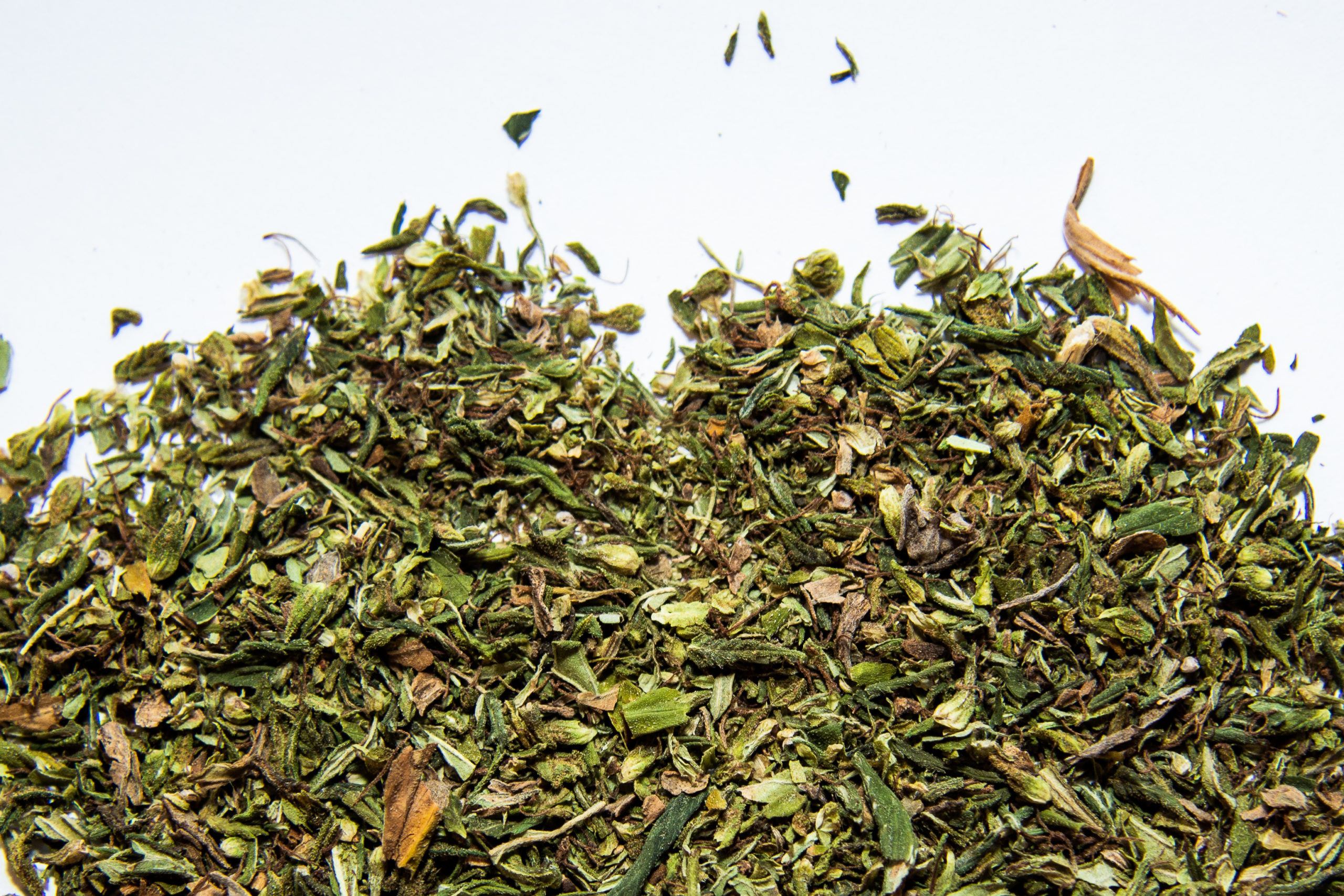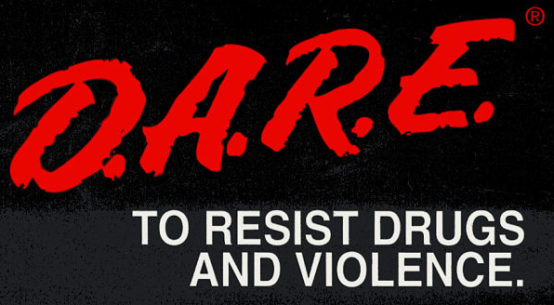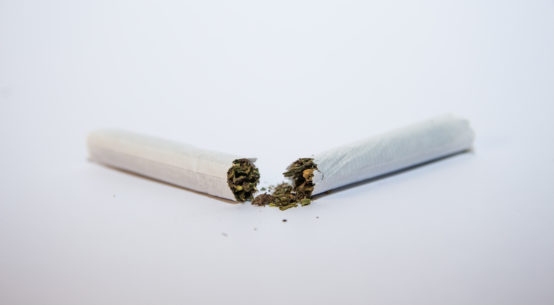
In my last column, I interviewed Elvy Musikka, one of two remaining Americans to receive medical marijuana from the federal government, which is grown at the University of Mississippi.
We were both curious about the potency and terpenes in the six pounds of cannabis pre-rolls provided to her every year, so I took a few to Green Leaf Lab to be tested. The photo above is the actual flower from the pre rolls.
The results are in: The total THC for this federally grown weed tested at 5.328 percent, with 5.191 percent being THCA ( a non-intoxicating cannabinoid). The terpenes were a vastly underwhelming .2676 percent. (For you fellow weed nerds, the full results of this test are at the bottom of this page.)
How does this compare to what’s on the shelves of Oregon dispensaries?
I asked Anthony DiFalco, the sales and marketing director of Green Leaf Lab. “The total THC [in the federally grown cannabis] was well below the typical flower cannabinoid content we see at the lab for recreational marijuana intended for sale within a licensed dispensary,” he wrote. “[In most Oregon] flower we see tests in the 20 to 30 percent total THC range.”
So what is the average range for flower grown in Oregon? I checked with Confident Cannabis, a company that tracks the potency of cannabis sold throughout the state.
They replied that, in Oregon, potency never fell “below 13 percent, with most [averaging] in the 16 percent range for all time, lately closer to 20 percent.”
They added that for terpene tests performed in Oregon over the past six months, they saw “an average of 1.66 percent terpene total,” while noting that “it’s a little hard to do a full analysis because people test for different terpene panels, some only testing for a few, some testing for hundreds.”
I shared these results with John Bayes of Oregon-based grower Green Bodhi. His stunned response: “Five percent THC? Seriously? Yeah. No. Give me her address. That’s not right.”
The next day, Bayes gifted Musikka some of his flower, which averages about 25 percent THC, with a terpene content of 4 percent or greater.
The quality of federally produced cannabis has always been questionable, and for years researchers reported receiving cannabis that was pre-ground, and contained stems, seeds, and leaves—which isn’t how anyone using cannabis consumes it.
The results from all research performed using the fed’s stash is in serious doubt if the potency and quality of Musikka’s medicine is what the government is providing researchers.
The low-quality nature of the product will undoubtedly irritate respiratory systems, yet require greater amounts of consumption, further exacerbating the problem.
Oh, and don’t forget the mold.
Cannabis researcher Dr. Sue Sisley told NORML earlier this year that secondary testing “showed ostensibly high levels of mold in all the batches.” She then added that “with these excessive mold counts, you’d very likely have mycotoxins present. We believe mycotoxins are harmful to health, [and] scientists suspect that [mycotoxins are] carcinogenic. How do I knowingly hand out contaminated study drugs to cancer patients, to sick people? It’s totally unethical.”
The University of Mississippi became the sole supplier of cannabis for clinical trials in 1968 and has maintained that monopoly ever since. In 2016, the US Drug Enforcement Agency (DEA) announced they would begin accepting applications to license new producers.
Three years later, and there are zero new licensed producers—although, as NORML writes, “the DEA hasn’t processed the applications, though it gladly raked in about $100,000 total in fees for all 33 submissions.”
This fall, Sisley told Cannabis & Tech Today magazine that many researchers are now sourcing cannabis oils and extracts from other countries, pointing out that the Feds are “forcing US scientists to source cannabis from other countries…. [Researchers at the University of California San Diego] just announced they’re importing cannabis oil from Canadian companies.”
Sisley added that “the monopoly doesn’t exist for any other drugs in Schedule 1… like mushrooms, LSD, MDMA. It’s only cannabis that has this bizarre situation where it’s the least toxic of all the drugs on Schedule 1, but it has the most ridiculous, harshest barriers to studying it as a medicine.”
Musikka’s pre-rolls are defined as medicine, yet the Feds require that she fly 5,000 miles roundtrip twice a year to pick up a product of such poor quality that they wouldn’t be sold in any dispensary. This isn’t medicine. It’s barely cannabis.
Be best, feds.
Full Test Results from Green Leaf Labs:



